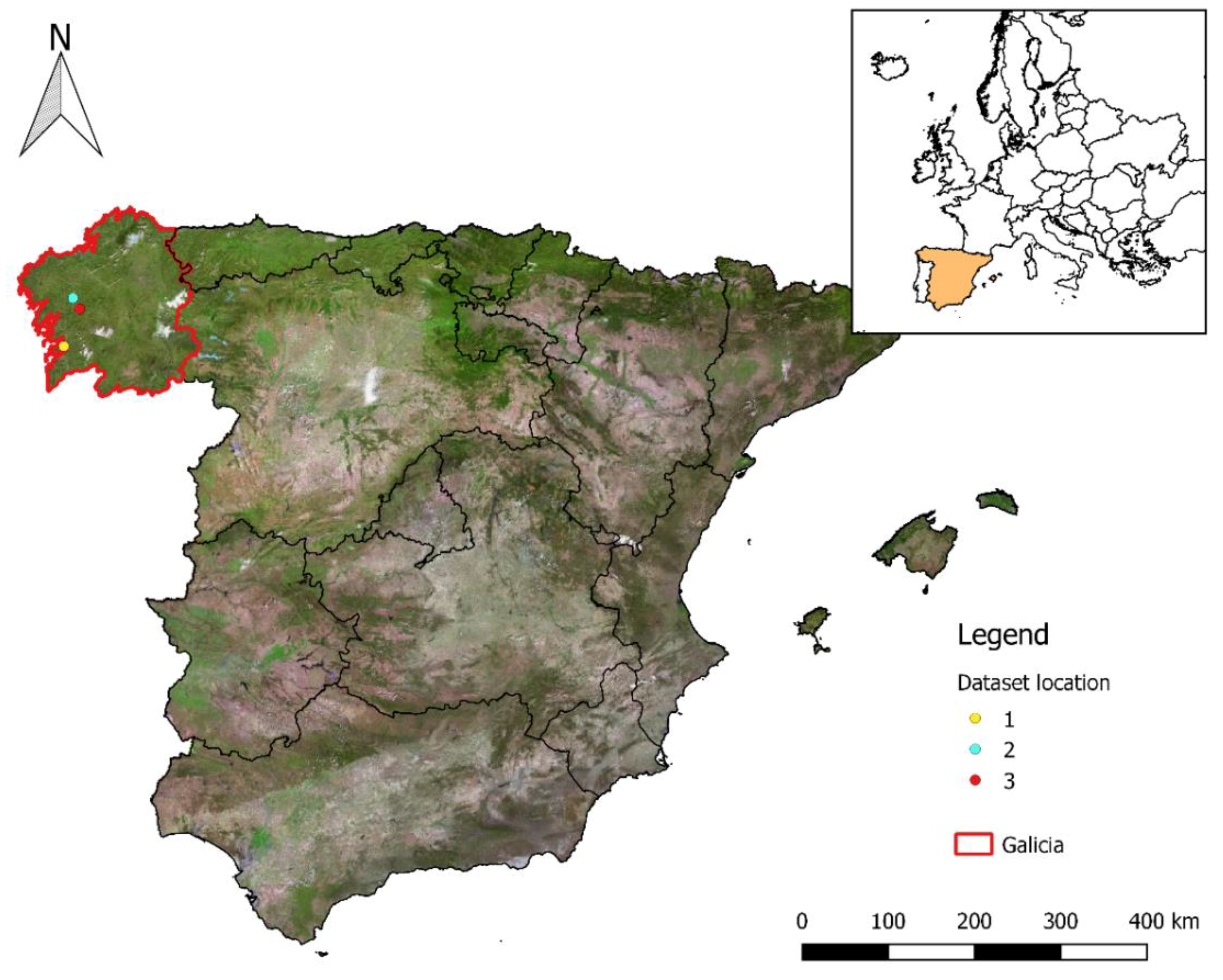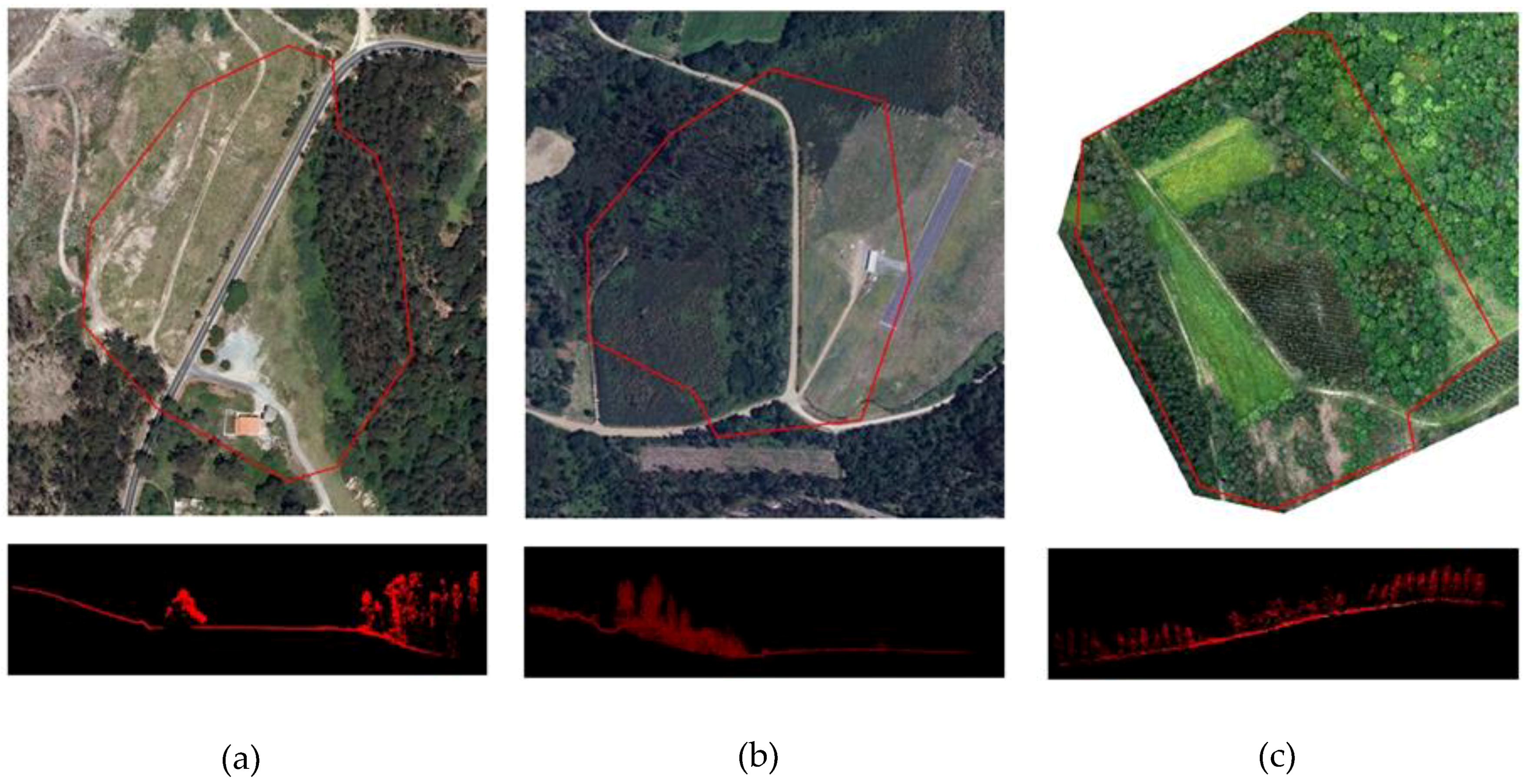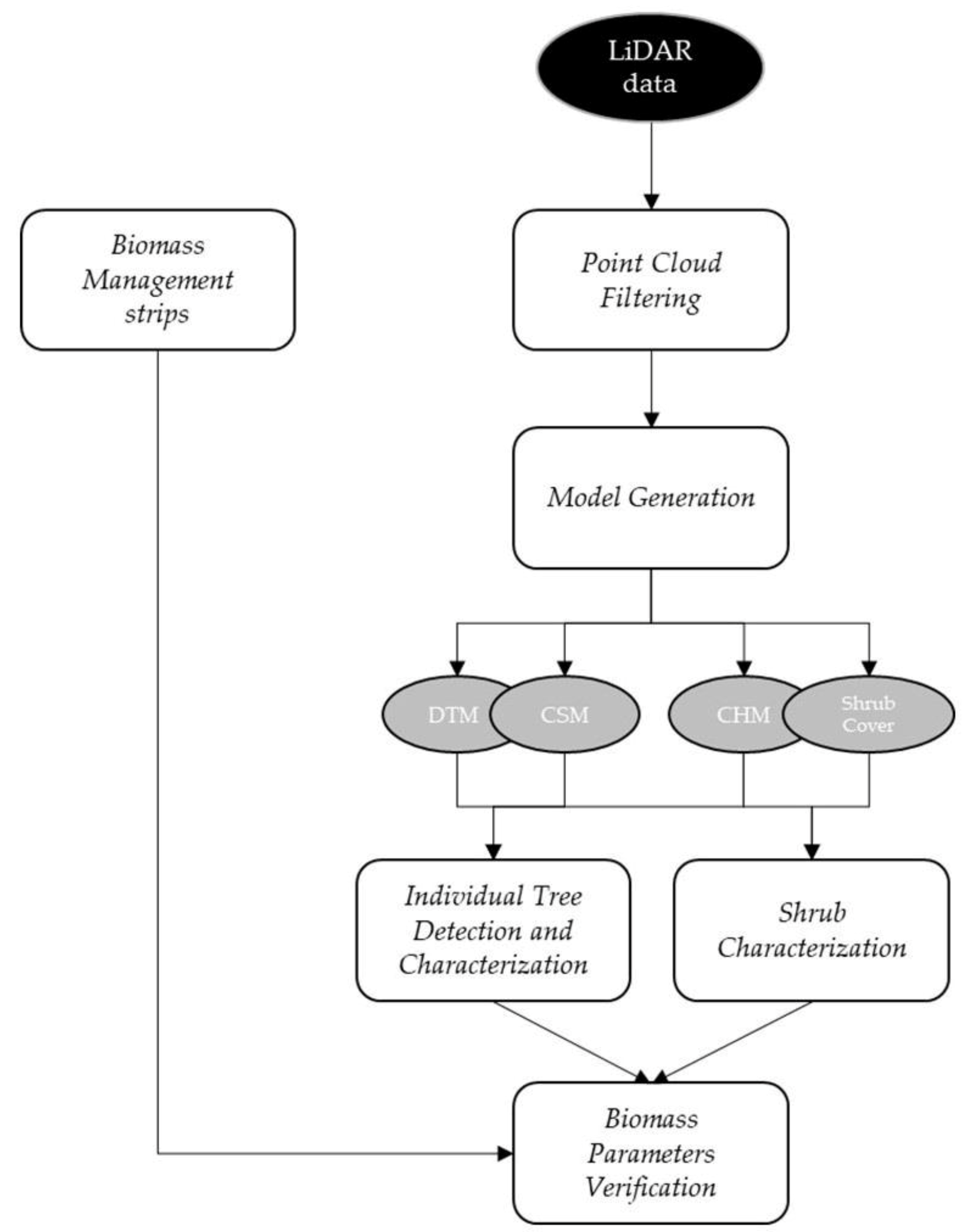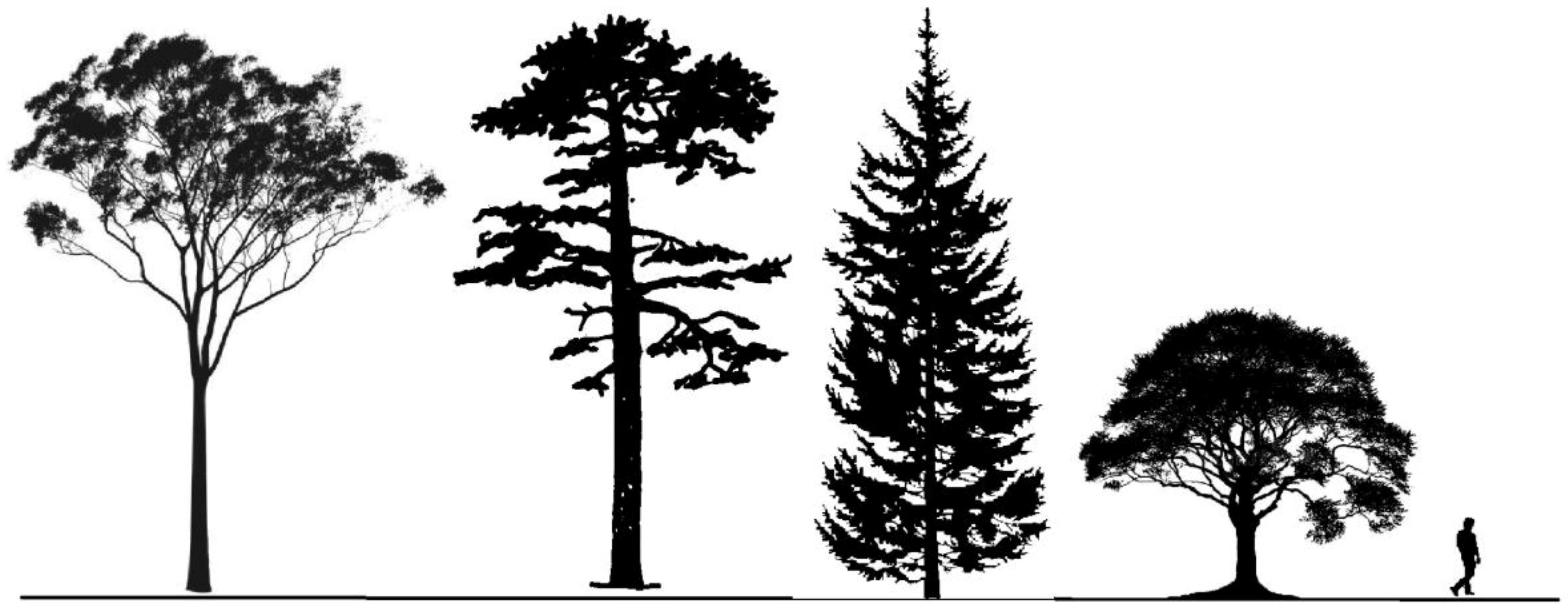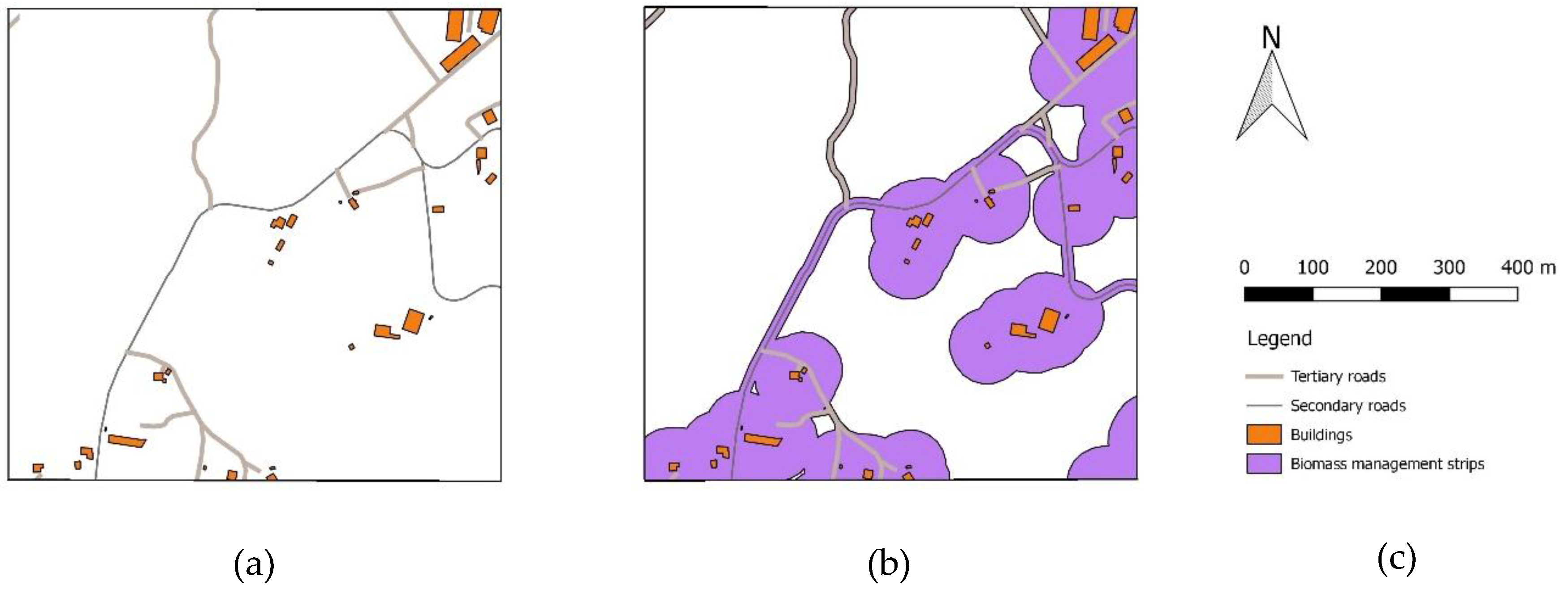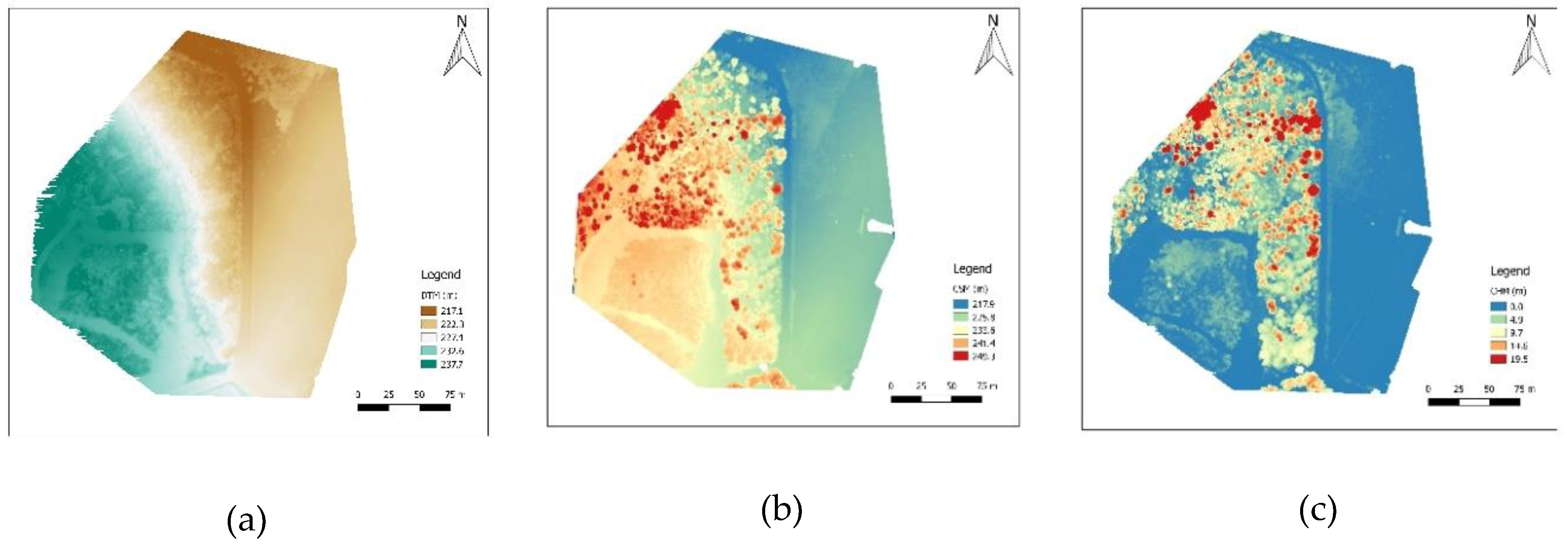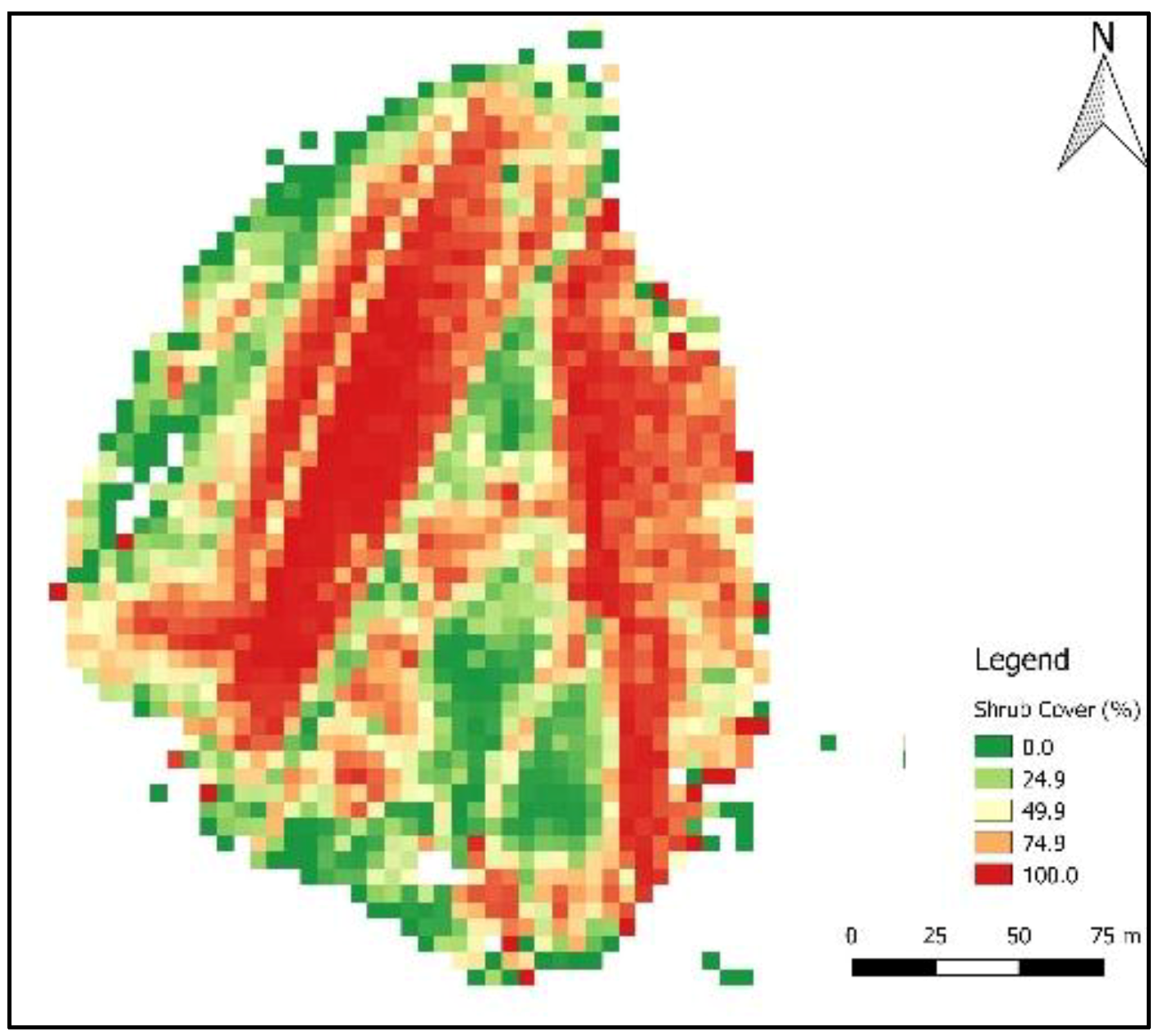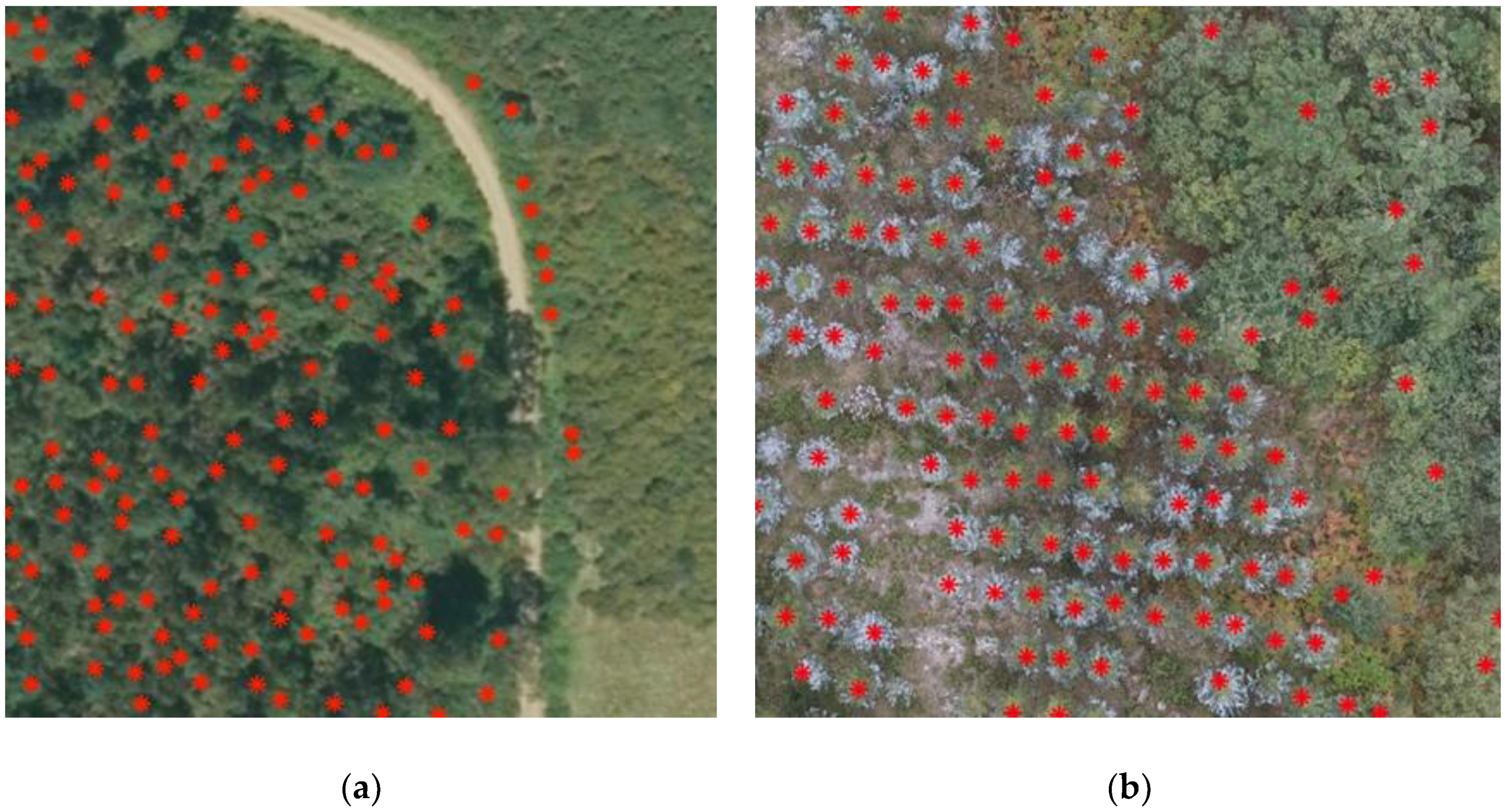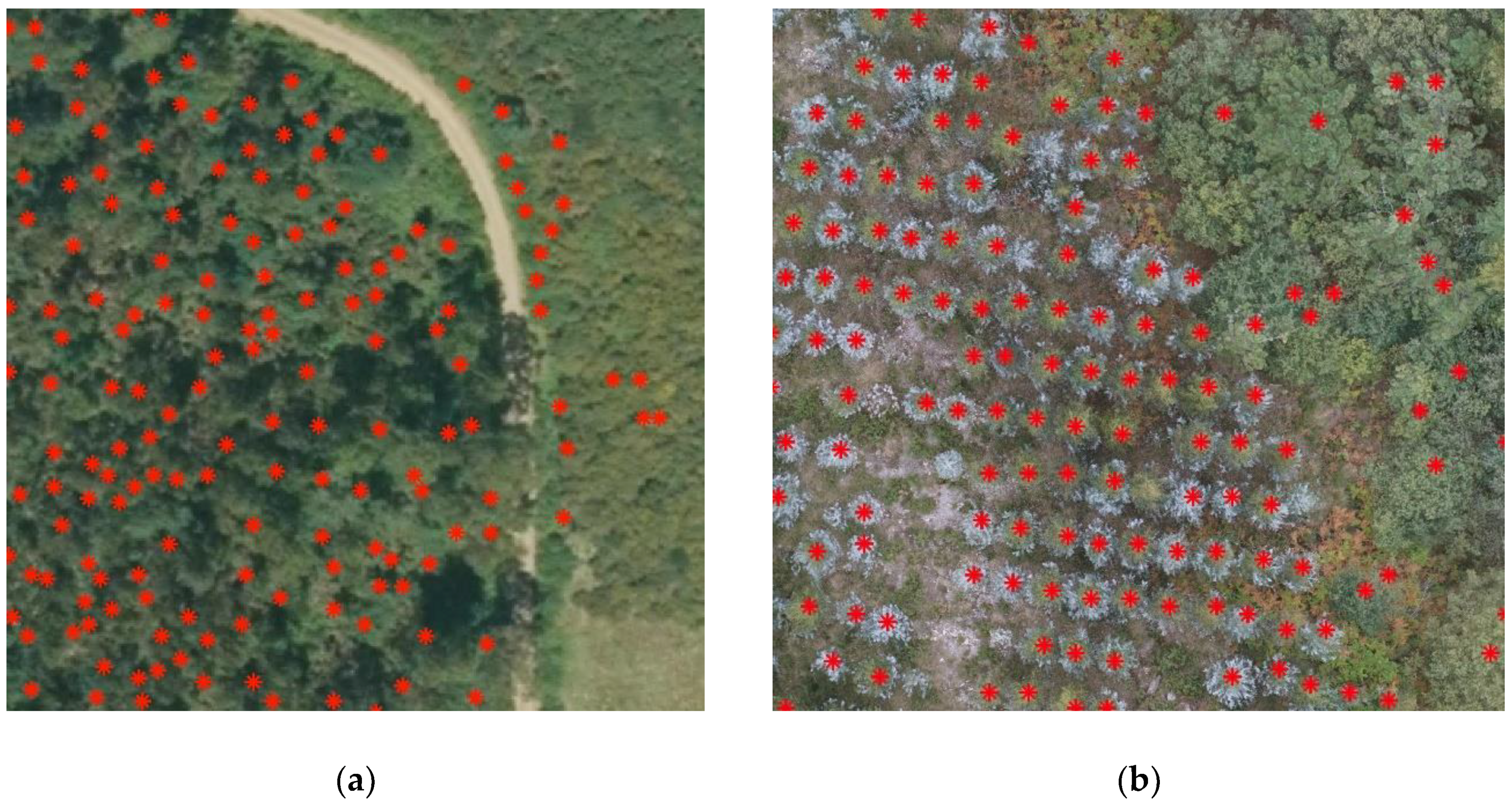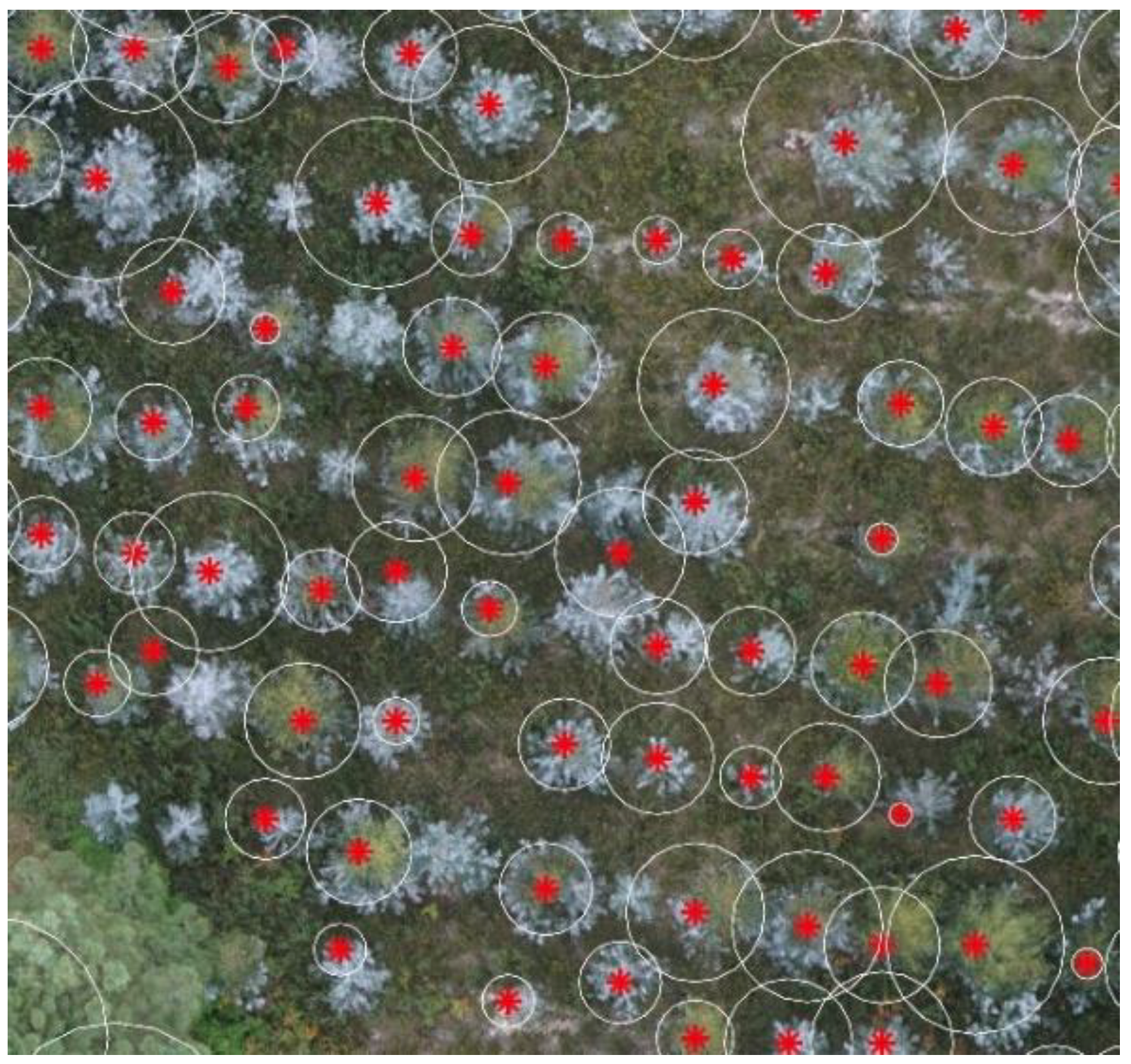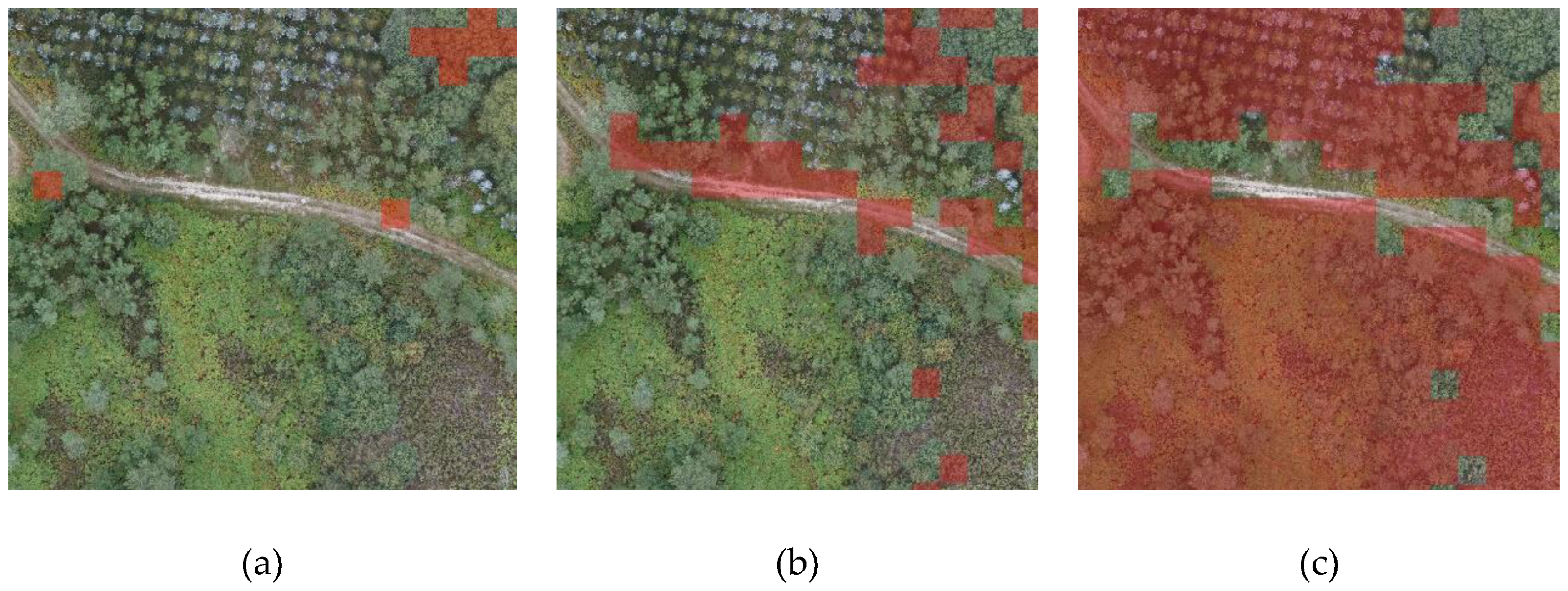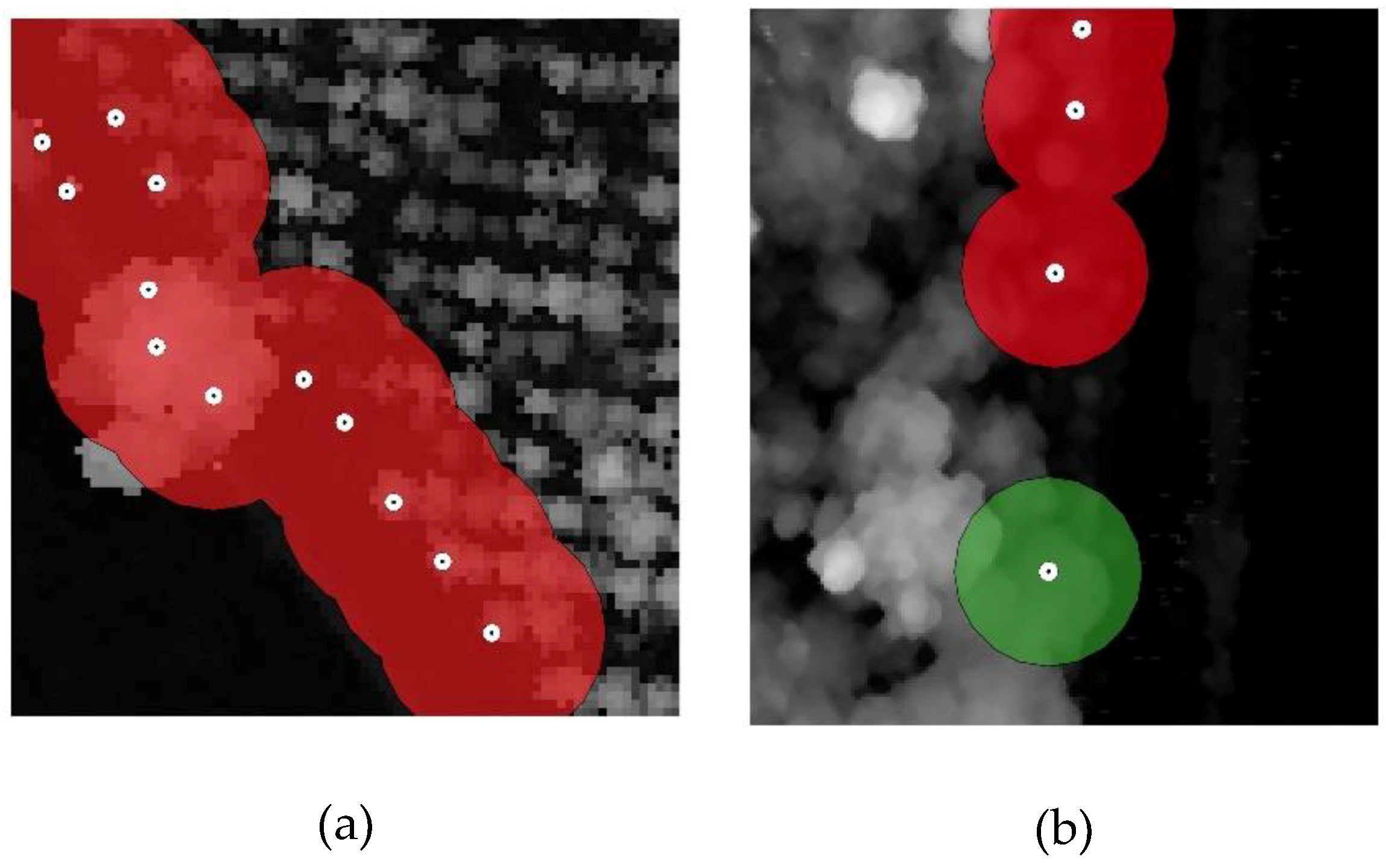1. Introduction
Wildfires affect 500 million hectares of woodland, open forest, tropical, and sub-tropical savannahs around the world every year [
1]. The economic damage to owners can be significant, and, in extreme cases, human lives are lost. In 2017, 171 people died worldwide due to wildfires, and they caused a total of US
$18,813 million in total economic damage worldwide [
2]. Wildfires further contribute to global warming, air pollution, desertification, and biodiversity loss [
1]. Currently, Europe suffers from approximately 65,000 fires every year, which burn, on average, half a million hectares of forested areas [
2].
Wildfire management approaches in Europe are diverse in the balance of prevention and suppression efforts. In Spain, in recent decades, increasing financial resources have been invested, mainly in suppression; however, this approach is not producing the expected results [
3,
4]. Spain is included in the top five European countries with the highest number of wildfires. In 2017, there were 13,793 fires, which was 11.57% over the average number of wildfires in the previous decade [
5]. The intensity and impact of the events are also steadily increasing. A clear example can be found in the recent fires that occurred in Galicia (Spain) in October 2017, which involved four mortal victims and 49,000 hectares of land. For this reason, prevention-oriented policies have gained the interest of managers.
In the context of wildfire prevention, a new population pattern distribution must be considered. In recent decades, Spanish metropolitan areas have expanded, following a discontinuous urban growth model [
6,
7]. This pattern in land use has led to the expansion of the wildland-urban interface (WUI). The United States Department of Agriculture (USDA) and the United States Department of Interior (USDI) [
8] described the WUI as the area where buildings or other structures meet or are dispersed within forest vegetation. WUIs acquire special importance in wildfire management because: (1) their associated socio-economic activities, combined with high spatial dispersion, involve a higher risk of fire ignition [
9]; and (2) they involve a high vulnerability, since the probability of suffering significant personal and economic damage increases in the presence of livelihoods.
Wildfire prevention actions should be oriented towards modifying forest fuels. At the landscape level, the ignition and spread of wildfires result from a complex reaction between the weather, topography, and fuels [
10]. Fuel characteristics, such as a vertical and horizontal vegetation structure, stand composition, and properties of forest species, influence the fire spread rate as well as the fire intensity. Changes in fuel patterns produce changes in fire behavior. The technical report [
11] produced after the events that occurred in 2017 in Portugal concluded that, although fuel management measures cannot stop fires by themselves, they contribute effectively to the mitigation of the effects of the passage of fires under normal propagation conditions. Remote sensing technologies can provide useful tools for vegetation analysis and the verification of geometric parameters. LiDAR technology has been widely used for many forest applications, including canopy and topography 3D modeling, canopy parametrization [
12], characterization of habitats [
13,
14], tree volume assessment, biomass estimation [
15], and wildfire applications. In this field, several different approaches have been followed: forest fuel loads evaluation [
16], wildfire simulation [
17], severity evaluation [
18], and base height estimations [
19].
Furthermore, numerous new management tools have been based on LiDAR data. Many fuel geometric parameters can be measured using LiDAR technologies, such as the canopy height model [
20], canopy bulk density, canopy cover (
Appendix A), etc. [
21,
22]. The use of LiDAR technologies in wildfire prevention is usually oriented towards a generalist geometric characterization to generate basic fuel models for wildfire behavior simulations and wildfire risk maps. Some examples include the methodology created by Gonzalez-Obarria et al. [
23] to assess fire risks at the landscape level using LiDAR-derived variables, such as crown diameter and crown base height, as well as the wildfire risk models in
Strix occidentalis caurina Merriam habitats, Oregon, which were developed by Ager et al. [
24]. Another example is the methodology developed by Alcasena et al. [
21] to assess the wildfire exposure of settlements from derived topographic and canopy characteristics, obtained through airborne LiDAR data using Quantum GIS and FUSION software (v3.80). Additionally, fuel characterization maps are significant for predicting possible wildfire scenarios and prevention requirements. Using predictive models, Hermosilla et al. [
25] generated forest canopy fuel maps made of a small-footprint full-waveform LiDAR in a mixed forest dominated by Douglas-fir and other conifers; moreover, Chen et al. [
26] used them to estimate the surface fuel load in Australian eucalypt forests. The combination of sensors can also be used for mapping fuel types. Some examples are the studies conducted by Mutlu et al. [
27] and Riaño et al. [
28]. These authors used a combination of LiDAR and QuickBird images to improve the accuracy of fuel mapping (at least 13%) and analyze possible scenarios in FARSITE. In the second case, shrub characteristics for fuel-type mapping were obtained by the combination of LiDAR and multispectral data.
The previous referenced works have accomplished specific tasks of the whole process, from data acquisition to the development of cartographic tools for decision-making in wildfire prevention. Furthermore, few works have focused on Galicia, Spain, which has significant peculiarities in terms of vegetation pattern distributions and mass composition. Finally, we highlight that previous works have not had an impact on the protocols that forest managers use for the verification of legal restrictions relating to forest fuels. This is usually carried out through visual inspections and field measurements by inspectors or technicians from the relevant administrative sector. The development, in recent years, of LiDAR-equipped Unmanned Aerial Vehicles (UAV platforms) can present a step forward in this field, as they can enable the acquisition of high-resolution point clouds, thus providing useful information for the characterization of forest fuels at the district level. This can be especially useful in areas like Galicia, which is characterized by extremely small parcels of forest land, mix stands, with diverse species, and different ages and management techniques.
This paper describes a high-resolution LiDAR-based methodology to characterize the forest fuels in a wildland-urban interface (WUI) and along infrastructures. It is an automated procedure that can be directly applied for wildfire protection purposes. It has been developed using UAV LiDAR in some case studies situated in Galicia, a region in the North West of Spain. The paper is structured as follows. In
Section 2, we present the materials. The methodology is described in
Section 3, and the results are included in
Section 4.
Section 5 discusses the results, and the conclusions are presented in
Section 6.
5. Discussion of Results
The legal verification of geometric parameters and spacing conditions in biomass management strips requires individual tree detection, total height estimation, pruning height estimation, and spacing evaluation. For shrubs, Ht and cover are required. High-density LiDAR point clouds were used to model the terrain and characterize the forest canopy. Three different study areas were used, and two of them corresponded to naturally regenerated stands, with different species, crown morphologies and tree ages. One of the study sites corresponded to a plantation, with one dominant species, and a homogeneous age, but varying crown sizes.
For the identification of individual trees, two raster-based tree segmentation algorithms were analyzed in detail: VWS and WD. In the VWS algorithm, the window size was associated with crown width and was estimated as a function of
Ht and several constant coefficients. The equation to estimate the window size was obtained through regression models. For every analyzed case study, crown width and H
t did not show a strong relationship. Dataset 2 had the best performance, with an
R2 = 0.54, and Dataset 1 had the worst, with an
R2 = 0.25 (
Table 6). Even in Dataset 3, corresponding to the regular stand, in terms of age and spacing, the correlation was poor (
R2 = 0.34). However, previous studies have reported similar results. Morsdorf et al. [
22] obtained a coefficient of determination between 0.20 and 0.43 for boreal species.
The difference between the VWS and WD algorithms was not significant. The overall accuracy of VWS was 2% higher than the WD overall accuracy, and the tree ratio in the VWS algorithm was slightly closer to a 1:1 ratio than that in the WD algorithm (
Table 6). For both algorithms, the number of trees was overestimated in the datasets of natural regeneration (Datasets 1 and 2), while it was underestimated in the plantation (Dataset 3).
The accuracy of tree detection was very high for the plantation sample for both algorithms: 85% in the VWS (
Table 6), while in the naturally regenerated samples, the results were poor (58% and 49% in the VWS). These results reveal the influence of the homogeneous species composition, regular distribution pattern of the individuals, and the conical shape of the crowns, which characterize the young planted stand (Dataset 3). However, the lower accuracy in the other datasets might be due to the non-conical shaped crowns; branches can provide multiple detections, which result in false positives; and in coppices, this effect might be stronger. The high tree ratio in Dataset 2 might also be explained by the presence of some old bushes that reached 4 m high; these could also provide false positives. Furthermore, this dataset presented the highest structural complexity. In any case, these results were consistent with other studies that demonstrated global accuracies ranging from 32% to 66% using the VWS algorithm [
25,
36].
The LiDAR-based estimations of the total height of individuals were slightly overestimated in Datasets 2 and 3 (
Table 8). However, the LiDAR height estimations were slightly higher than the Vertex measurements in Dataset 1. Several factors might be considered to explain these discrepancies. The date of LiDAR acquisition and field work could introduce significant deviations in Dataset 2; they differed by one and a half years in this study case. Eucalyptus stands at young ages in the best sites could reach annual growths of 2 m per year in Galicia. The error associated with the Vertex estimations was also relevant. In round shaped crowns, the
Ht is frequently overestimated when the tree top is pointed. Furthermore, Vertex measurements are affected by operation errors, such as stand passability, tree density, canopy closure, and operator skills, which affect the accuracy of the measurements. These errors, as well as the way they affect the derived models, have rarely been reported or estimated [
43,
44]. Nevertheless, previous works have reported similar LiDAR-Vertex discrepancies in height estimations [
45], with values between 0.8 and 1.3 m in deciduous and coniferous plots [
34], and
R2 between 0.54 and 0.71 [
46],
R2 = 0.79 [
25], or even
R2 = 0.92 [
22] in coniferous stands.
Similar results were obtained for pruning heights, with mean errors below 1 m (
Table 9). These models were also affected by the explained limitations of the instruments that were used in the field work. Other authors, such as Gonzalez-Obarria et al. [
23], also obtained similar results in conifer stands (
R2 = 0.54). According to the literature, the vegetation structure could be better characterized using a full waveform LiDAR due to its ability to digitize and record the entire backscattered signal of each laser pulse [
47,
48]. Andersen et al. [
12], achieved an
R2 = 0.77 in CBH estimation using a small footprint full-waveform LiDAR.
The verification of legal geometric requirements for the individual trees in the biomass management strips showed that the correct prediction was over 70% for two samples (
Table 11); for the third, it was over 50%. These results could be explained by the age of the individuals and morphology. Generally, pruning heights are proportional to total heights. Young trees tend to have first brunches at lower levels than mature individuals. Consequently, the relative errors for pruning height estimations have a higher impact in the verification processes. This was the case with Dataset 3 of the analyzed case studies. As a result, it can be concluded that mature stands can be efficiently analyzed using the described methodology.
6. Conclusions
The extreme behavior of the wildfires that have occurred in recent years in Spain has pushed authorities to focus efforts on wildfire prevention. This paper presented a methodology using high-resolution LiDAR point clouds in forest vegetation characterization to improve the protection capabilities of the WUI and infrastructures. A UAV platform was used to acquire data in three different case studies, with varying species composition, density, homogeneity, and age. To verify the wildfire prevention legal restrictions, the vegetation included in the biomass management strips was analyzed. Individual trees were detected and characterized: parameters of height, pruning height, and spacing were obtained. The cover and height for shrubs were also estimated. The results were compared with field measurements, obtained using traditional instruments. Decision trees were built to automatically verify the geometric parameters.
The proposed methodology allows for the automatic verification of the compliance of vegetation in relation to the geometric restrictions established in wildfire prevention legislation. The subjectivity or skill of the operators is avoided, and the efficiency in the evaluation of large areas is significantly higher than in conventional methods. While a UAV based solution, like the described one, cannot be applied at the regional level, it can be successfully applied at a low scale for the evaluation of wildland urban interfaces, sensible areas around settlements or heritage sites, or areas with an extremely high wildfire frequency. The application of this methodology would allow for the detection of areas with a high level of non-compliance. This information might be essential to design intervention priority criteria in relation to wildfire prevention actions. Furthermore, it can easily be connected with administrative punitive procedures. Finally, the cartography of biomass strips, with their geometric characteristics, can be very helpful for wildfire suppression services in the planning of specific interventions.
